The content of the article
Today, most drivers cannot imagine how they would drive a car that does not have an automatic transmission. Some beginners are horrified at the mere thought of having to constantly shift gears manually. Many long-standing drivers have also long realized that driving with an automatic transmission is much more convenient. Despite all this, people are tormented by the question - how to properly operate the automatic gearbox? This article is about this will be discussed.
Operating modes
To understand how the automatic gearbox should be operated, you need to understand what existing modes are.
Immediately it is worth noting that the modes "P", "R", "D" and "N" are mandatory in each box. To select one of the modes, you just need to move the gear lever to the appropriate position. The difference from the mechanical box is that the lever moves in one line.
The mode selected by the driver will be displayed on the control panel. This makes it possible to closely monitor the road and not be distracted to look at the lever.
- "P" - parking. It is used during long parking. It is desirable to start a car from the parking lot. It is important to completely stop the machine before starting this mode.
- "R" - is used to move in reverse. To turn on, you need to completely stop.
- "N" is a neutral position. When the lever is on the “neutral”, the torque is not transmitted to the wheels. It should be used during minor stops.
- "D" is the movement. When the selector is in this position, the car drives forward. Gear shifting is carried out independently. The driver only steps on the gas pedal.
In a car in which a five- or four-speed gearbox is installed, the selector has several positions for moving forward: “D”, “D3”, “D2”, “D1”. These numbers indicate top gear.
- “D3” - “first 3 gears”. It is recommended to be used in cases when it is not possible to move without braking.
- “D2” - “first 2 gears”. Move the lever to this position when the speed is less than 50 km / h. Most often used on low-quality roads.
- “D1” (“L”) - “1st gear only”. It is used if the maximum speed is 25 km / h. To translate the lever into a similar position is when the car is in traffic.
- "OD" - "overdrive". You should switch to this position when the speed reaches more than 75 km / h, and leave it when the speed drops below 70 km / h. Increased transmission makes it possible to reduce fuel consumption during moments of movement on highways.
Sports, economical and other modes of automatic transmission
Most of the new automatic machines have several automatic transmission auxiliary modes. These include:
- “N” is the standard that is used during normal driving.
- "E" - fuel economy mode. Helps the car move at a pace that significantly reduces fuel consumption.
- S is a sport. When the driver switches to this mode, he can maximize the power of the motor. It is not surprising that the fuel consumption in this mode will be high.
- "W" is winter. It is used in those moments when you need to start moving with slippery road surface.
Of course, there are drivers who could not get used to the automatic transmission, given all its advantages. To meet the needs of these people, a tiptronic mode was created.In fact, it involves the imitation of manual control. On the box, it is implemented as a groove for the selector, and is indicated by plus and minus signs. Plus gives the opportunity to increase gear, and minus - to lower, respectively.
Basic operating conditions of the automatic gearbox
In order to start moving on the machine in which the automatic gearbox is installed, the following steps should be performed:
- Depress the brake pedal.
- Move selector to “drive” position.
- Remove from the parking brake.
- Release the brake slowly. The car will begin to move slowly.
- Depress the accelerator pedal.
- To reduce speed, you need to throw gas. If you need a quick stop, then you must definitely use the brake.
- To start after a slight stop, you just need to transfer your foot from the brake to the accelerator.
The basic rule for using automatic transmission is to avoid sudden maneuvers. If you constantly do them, this will lead to the fact that the gap between the friction discs will increase, and then in the differential. All this will lead to the fact that the machine will twitch during each gear shift.
Experienced masters believe that the machine should be given a short “rest”. This means that the machine must be allowed to move at idle for several seconds. It is worth noting that even in cars with a powerful engine, sudden movements will significantly reduce the resource box.
Operation of the machine in the winter
In fact, this point is very important, because most of these boxes break in the winter. First of all, this is due to a significant drop in temperature and the fact that cars often stall on ice. In order to maximally protect your car from damage, you should adhere to the following recommendations:
- Before the onset of cold weather, check the quality and level of fluid in the box, and replace if necessary;
- Be sure to warm up the car before you start moving;
- If the car is stuck, do not press on the gas in the hope of driving out. It is worth trying to lower the gear (if possible) or just push it;
- Before a sharp bend, use only lower gears.
What you should not do
What you should not do on a car with an automatic transmission:
- First of all, do not overload the box if the machine has not warmed up to the required level. Even if the street has a positive temperature, the first few kilometers, the movement should be smooth and measured.
- Automatic transmission is very "not like" off-road. Cars with a gun, it is best to go around roads with poor surfaces. If the "iron horse" is stuck, sometimes it is better to resort to using a shovel than to press on the gas.
- It is not recommended to subject automatic transmission to high loads. If there were plans to tow a trailer, then it is better to throw them out of your head.
- It is strictly forbidden to start a car with a so-called pusher. Many people violate this ban, but it is worth remembering that this will not pass without a trace for the box.
Of course, we must not forget about the individual features of switching between modes:
- you can stay on “neutral” only if the brake is applied;
- on "neutral" it is forbidden to jam the car;
- stop the engine only in the "parking" position;
- when the car is in motion, the lever cannot be moved to the “parking” and “backward” positions.
Summing up, it is worth noting that the automatic transmission may seem quite “finicky” and having a small resource. In fact, if properly exploited, it will delight its owner for a very long time.
Video: how to use automatic transmission

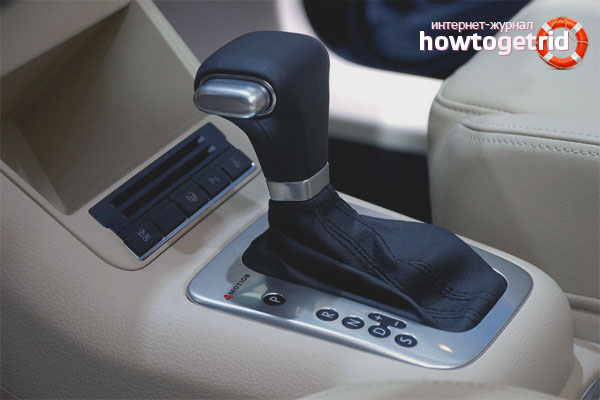
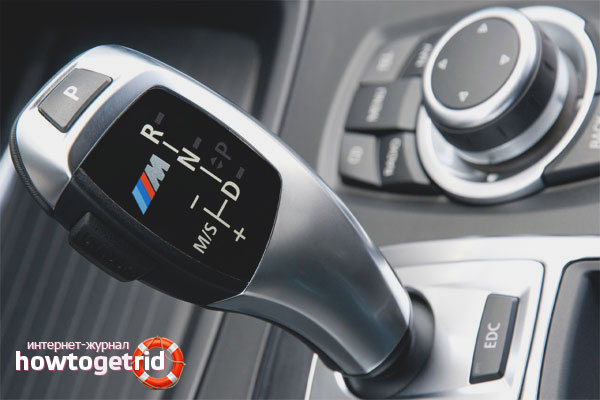
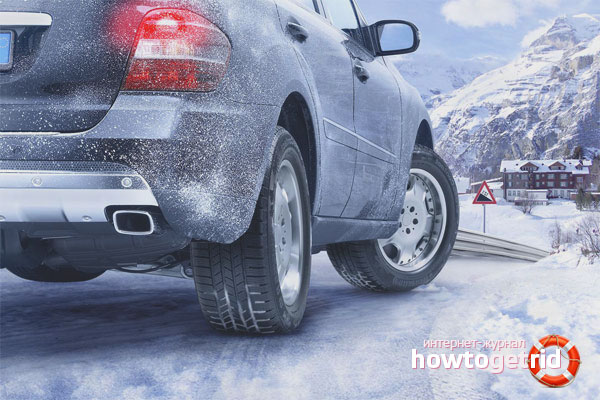
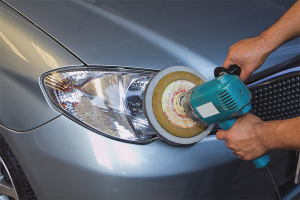


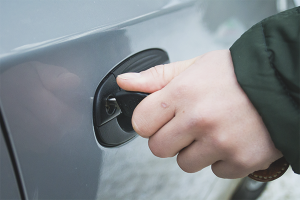
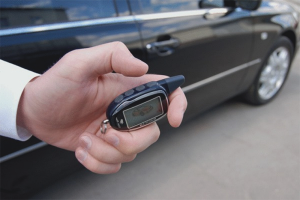
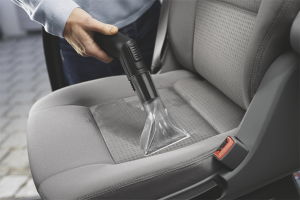
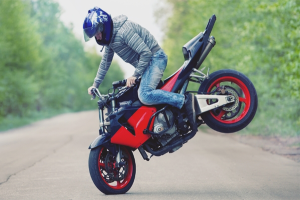

Submit